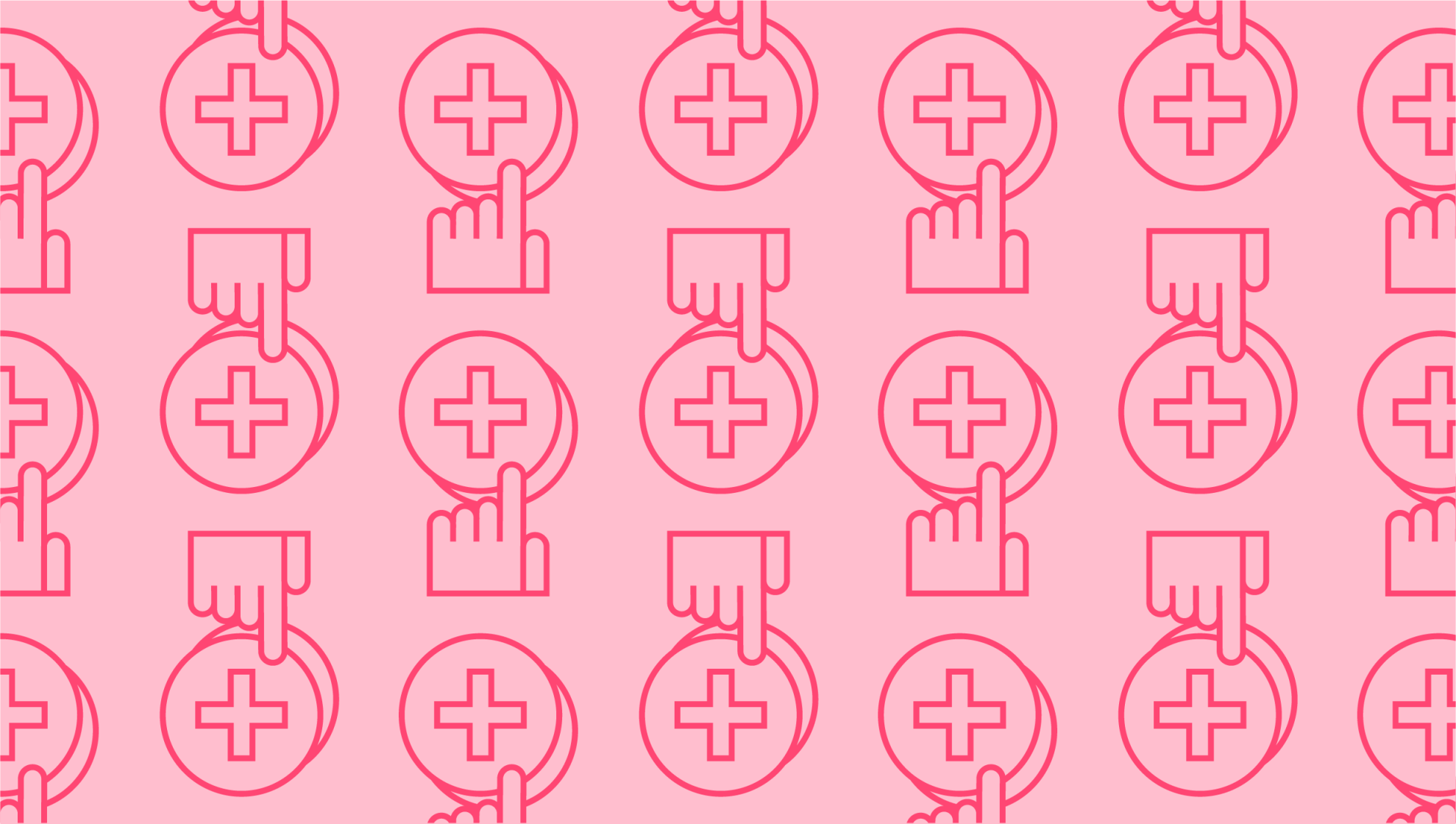
3 Customer Retention Models For Small Businesses
Last editedDec 20223 min read
Customer retention is incredibly important for your business’s long-term growth prospects. It costs far more to acquire a new customer than it does to retain existing ones. Furthermore, engaged customers spend more and offer word-of-mouth marketing. Before you can create a strategy that works, a customer retention model uses data to better predict what your customers really want. Here are a few of the different models and methods to improve customer retention.
What is a customer retention model?
A customer retention model uses data to predict future buyer behaviour. By modelling behaviour, you’ll be able to create a more effective customer retention strategy rather than using a generalised approach. For example, you can determine whether your customers are more likely to purchase additional items through cross-selling or if they’d be open to new products.
Customer retention models use data taken from a variety of original sources. This includes past sales and purchase history as well as email activities, social media interactions, and browsing behaviour. Additional sources of data could include things like form submissions, engagement, and product registration. Are there particular products your customers are more likely to spend time looking at? Are there times of the year when they make more purchases? This data is useful for predicting what they’ll do next.
Three customer retention models to use
The benefit of customer retention models is their flexibility; you can adapt the strategy and data to best suit your business’s needs. Here are three examples of customer retention models to consider.
1. Response model
A response model looks at whether customers will respond to a marketing campaign. You can define the response in your model. It often means a purchase, but the response could be as simple as redeeming a coupon or signing up for an email list. To create a response model, you’ll need to look at historic marketing campaigns to see which types of actions were likely to generate a response from customers. It’s best to look at multiple channels when analysing these results.
2. Uplift model
Response models look at all your customers, giving them a score based on likelihood of response. By contrast, uplift models look at the customers that need a little bit of extra nudging to make a purchase. What incentive is needed and is it worth the trouble? With an uplift model, you’d rank customers by those most likely to make a purchase without any extra marketing input.
3. Next purchase models
This type of model uses past sales figures to predict the likelihood of existing customers to make another purchase. This helps you avoid wasting efforts on customers who are unlikely to make their next purchase anytime soon. Instead, you can focus marketing efforts on those who are most likely to become repeat customers within your given timeframe.
How to create a customer retention strategy with modelling
The types of models above are just a few examples that your marketing team might find useful. To get started with any type of customer retention model, you’ll first need to decide what you want to measure and then collect data for analysis.
Your model won’t be accurate unless you make sure your data is reliable. At the most basic level, look at your transactions. This alone shows you the frequency and monetary value of each purchase made by your customers. It’s worth using software to sift through the data and eliminate any missing fields or errors. In addition to your internal data, you can look at external demographic information to help predict purchasing patterns.
With the data in hand, you can then get to work building your model. Choose the demographic of customers you want to analyse and look at their purchasing and engagement behaviour across each channel. Narrow your model down to one or two variables to avoid confusion.
Finally, you’ll want to determine how you’ll tie the model to a measure of value when it comes to retention. Do you want to predict customer lifetime value, future sales, or profit? You’ll need to define what you’re measuring to determine whether the resultant customer retention strategy is successful.
What are some methods to improve customer retention?
Understanding your customers with modelling is a great way to start boosting retention. Here are a few additional tips and methods to improve customer retention over time:
Create a personalised experience using the results of your modelling.
Add a human touch to communication with social media interaction.
Provide tutorials to help customers get the most from your products.
Respond to customer reviews and feedback.
Implement a customer loyalty programme to reward repeat purchases.
Offer fast delivery and returns.
Finally, optimise the billing process to make payment as easy as possible. Reduce involuntary churn using tools like Success+ from GoCardless. It automatically retries payments that fail the first time, recovering up to 70% of originally failed payments. GoCardless can also help you manage both recurring and one-off payments with custom checkout pages and a secure Direct Debit payments system. All of this reduces friction at checkout to improve the customer experience.
We can help
GoCardless is a global payments solution that helps you automate payment collection, cutting down on the amount of financial admin your team needs to deal with. Find out how GoCardless can help you with one-off or recurring payments.

